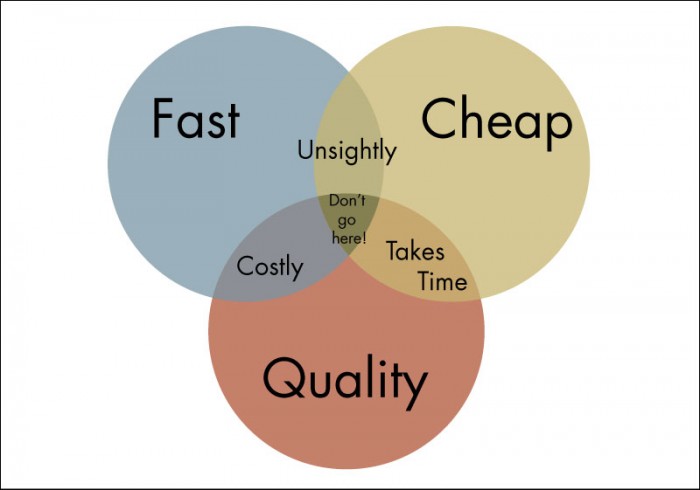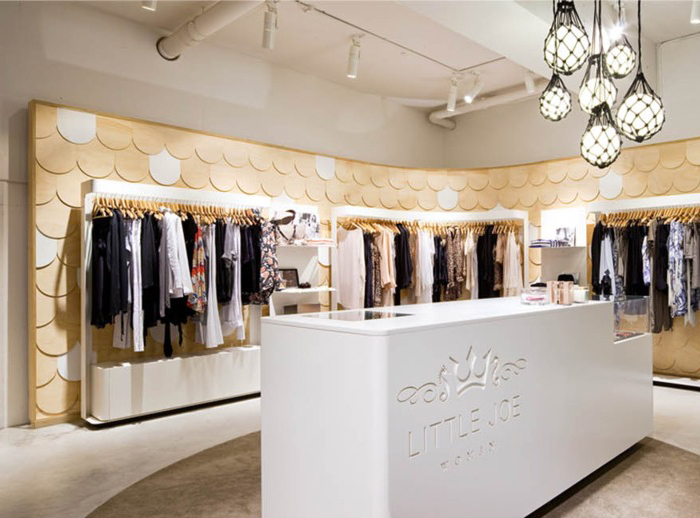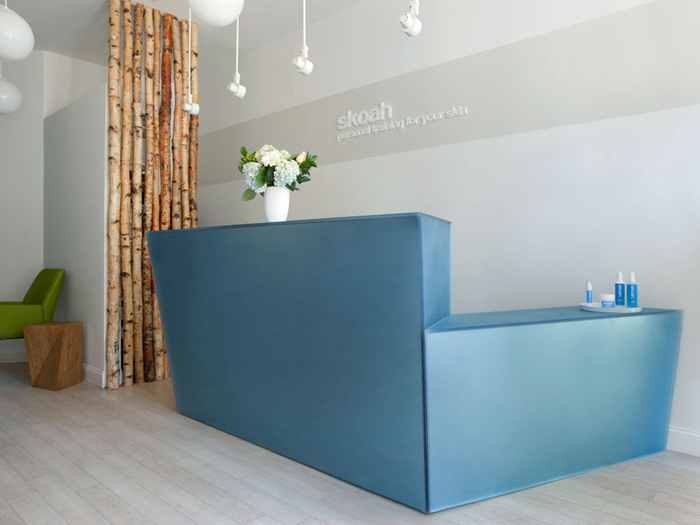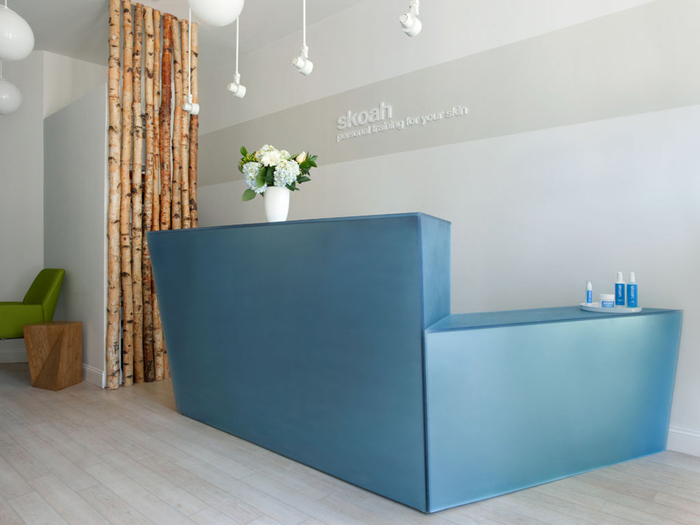As experienced Interior Design Professionals we have completed a variety of commercial projects each with a different budget, timeline, and set of requirements. Over the years we have observed a few common mistakes that can easily be avoided through education and proper planning. In this blog series we’ll divulge our top 5 tips to ensure your project is successful.
Whether you’re preparing to renovate or build new, today’s entry is for you; it’s all about the interior design BUDGET.
Projects like Skoah, pictured above, don’t happen by accident. Preparing a realistic budget is one step to a successful interior project.
Tip #1: Ensure the project budget is realistic.
By this, we don’t mean have an astronomical budget, but it is very important to have a realistic one. It’s not an inexpensive venture to open a new business, or to move or expand your existing organization. It’s an investment, and with any investment it is important to spend wisely. The last thing you want is to get halfway into your project and realize you’ll go broke trying to complete it. Read on to learn how to assemble an adequate budget.

When planning for an interiors project it’s essential to consider the balance between price, style, and schedule. Remember, it’s not possible to have all three in equal amounts.
1) Do your research.
Call a few experienced commercial contractors to see if they can offer baseline cost/sq. ft. figures. These figures should only act as a baseline for a construction budget because typically they allow for the most basic of finishes – always tack on a few extra dollars per square foot if you want a medium or higher-end look and if you have more involved electrical or plumbing requirements.
2) Involve your design team early in the planning stage.
It may seem like an extra cost up front, but your design team comes with a wealth of knowledge stemming from years of previous project experience; we also have access to published data regarding projects costs across Canada and BC. Hire a Registered Interior Designer or Architect, even on an hourly basis, to help you determine a project budget. The extra time and small amount of money you’ll spend to be properly prepared will prevent budget headaches in the future.
If you decide to hire your design team after determining your project budget, let them know at the initial consultation what that budget number is. If it’s too low, they will be able to work with you immediately to determine a more realistic number.

The earlier you involve your design team in your planning process the better. We have the knowledge, experience, and resources to help you create a realistic budget.
3) Remember, this budget is not just for construction.
When putting together your budget, don’t forget to consider the following items; we find they are often overlooked.
- Demolition costs. If you’re moving into a previously occupied space chances are you’ll need to do some demo. Typical costs for comprehensive demolition (where the entire space is to be stripped) are between $1-2 per square foot. If you plan to salvage some of the interior space (yay! – a good environmental option), costs can range depending on what is being removed – consult with a contractor for a more accurate figure.
- Contractor’s overhead and profit. This is the cost of doing business with the Contractor (money well spent if you ask us). These costs can range from 15-25% of the total costs for construction, but typically towards the lower end during stable market conditions.
- Contingencies. This line item amount accounts for any unforeseen changes during the project. We have yet to work on a project that did not have a change or two during construction, so it’s very important to allow for this. Even the best planning cannot prevent the unanticipated. A typical contingency in the early phase of planning would be around 10%.
- Fees for consultants. The fees for consultants, such as Architects, Interior Designers, Engineers (Structural, Electrical, Mechanical), Surveyors, etc. should not be part of the construction budget, but they should be considered. If you’re not sure how much to allow for consultant fees, just call and ask. The firms may not be able to provide solid numbers without knowing the complete project scope, but they may have an estimated price range that can help you in the planning phase.
- Fees for new furniture and equipment. This budget is not part of the actual construction cost, but it’s just as important. Here are a few items that would be included in this budget: furniture, appliances, printers/photocopiers, computers, phones, window coverings, plants, lamps, artwork, accessories, etc.
- Taxes. Ensure you have added on the appropriate taxes to all fees, materials, and labour for both the construction budget and the furniture and equipment budget.
- Moving Costs. Depending on the size of your company, this could be a large cost that is easily overlooked. Always research the moving cost (and don’t forget to factor the time needed to move into the project schedule).
- Telephone and Data Installation. Many large organizations have experts on staff to set up the telephone and data systems (ex. computers, networks, etc.), but if you are a smaller business this is something you may not be able to do on your own. Don’t forget to allow for this set-up cost.

What if you just don’t have that up front capital needed for a realistic budget? Consider leasing furniture and equipment or reducing the project scope.
Now, what if you’ve run the numbers and discover that you just don’t have the capital to move forward with your project, what can you do? Here are few options.
1) Consider a phased plan.
Rather than putting your project off completely perhaps you can tackle a smaller area now, and save money for additional future changes. Look at how you can revise the scope of work to meet your current budget.
2) Consider contacting a leasing agent.
Many of our clients have found themselves without the existing capital to fund the entire project, but with adequate cash flow. In such situations, we always suggest contacting a leasing agent. Perhaps it is possible to lease items such as furniture and equipment rather than buying them at full price up front.
3) Wait until you have the adequate funds to complete your project properly.
Sometimes you just can’t create a phased plan. Perhaps the project is more involved, or you’re starting a new business, or moving to a new location. In those cases, we strongly recommend that you wait until the adequate capital is available. It’s never a good plan to spend your hard-earned money on a space that you’ll need to re-do a year or two down the road; it’s a wasteful practice environmentally speaking, but bottom line is it’s harmful to the business finances. What’s best? Spend money wisely to ensure you have a space that will work for years to come.
We hope this information helps you put together a realistic project budget. Want to ensure your Interior Design project is successful? Check back for our remaining 4 tips.

